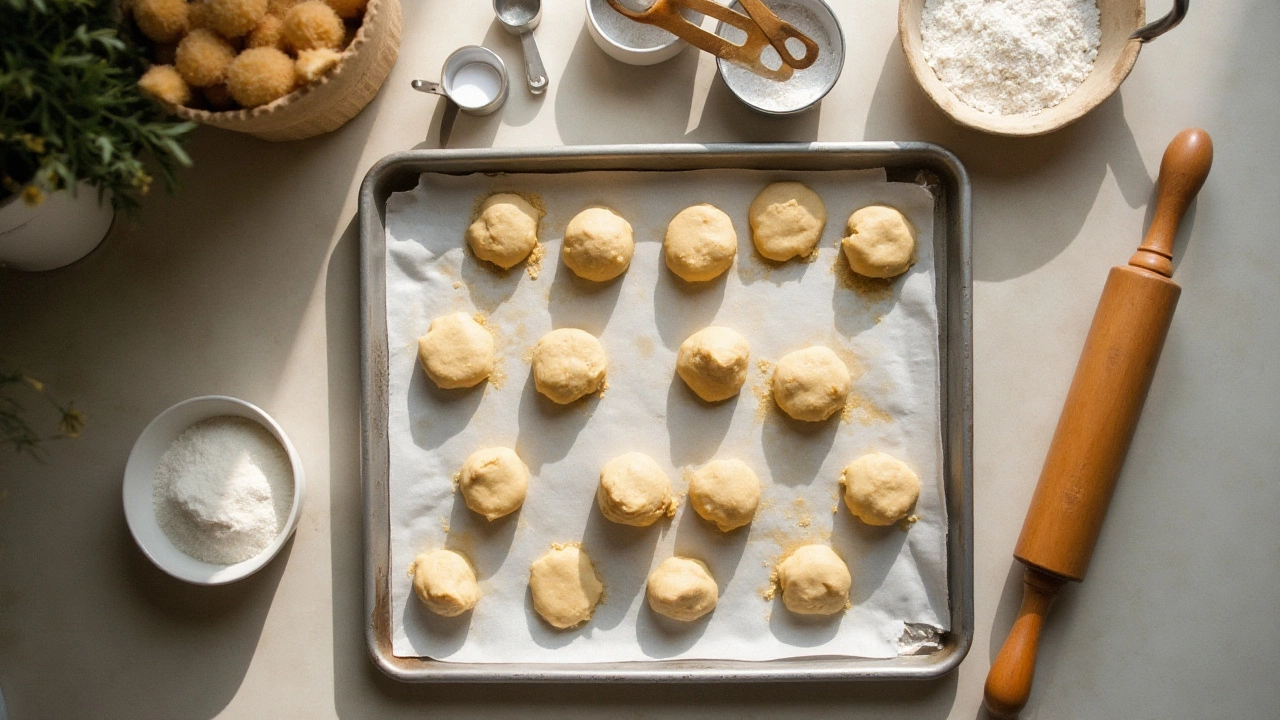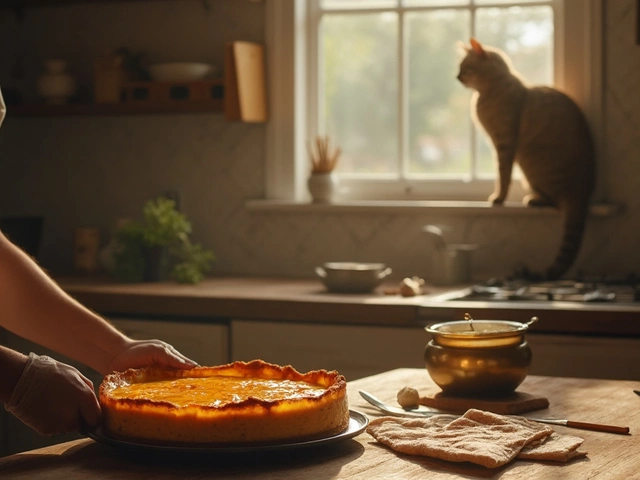Cookie Baking Made Simple: Secrets for Perfect, Puffy Cookies
Ever wonder why some cookies spread thin while others stay thick and chewy? The answer lies in a few easy tweaks you can make in the kitchen. Below you’ll find the most useful tips that turn a basic dough into bakery‑worthy treats, plus quick fixes for the problems that most bakers face.
Top Cookie Baking Rules
1. Measure Flour Correctly – Spoon the flour into your measuring cup and level it off. Too much flour makes cookies dense; too little causes them to spread.
2. Chill the Dough – Let the dough rest in the fridge for at least 30 minutes. Cold butter melts slower in the oven, giving the cookie time to set before it spreads.
3. Watch the Oven Temperature – Most cookies bake best at 350°F (175°C). If they brown too fast, lower the heat by 10–15 degrees and add a minute or two to the bake time.
4. Use the Right Leavening – Baking soda spreads cookies, while baking powder gives them height. Check the recipe and stick to the recommended type.
5. Don’t Over‑mix – Mix just until the flour disappears. Over‑mixing develops gluten and can make cookies tough.
Common Mistakes that Spoil Cookies
Many bakers skip a step that makes a huge difference. For example, leaving room‑temperature butter in the mix often leads to flat, greasy cookies. The Expert Guidelines for Perfect Cookie Baking Every Time post explains how butter temperature, sugar type, and mixing order interact.
If your cookies are too chewy, you might be using too much brown sugar or not baking long enough. Switch half the brown sugar for white sugar and bake an extra minute to get a crisp edge.
Another frequent error is crowding the baking sheet. Give each cookie at least two inches of space; this lets the heat circulate and prevents them from sticking together.
When cookies spread too much, check the amount of baking soda. A pinch too much can cause a rapid rise and collapse, making them flat and crumbly. The Why Cookies Rise: The Science Behind Puffy, Chewy Goodness article breaks down how leaveners work in plain language.
Finally, remember that altitude matters. At higher elevations, liquids evaporate faster, so add a tablespoon of extra flour and reduce the baking soda slightly.
Put these tips into practice and you’ll see a noticeable upgrade in texture, flavor, and appearance. Whether you’re making chocolate chip classics or experimenting with oatmeal‑raisin twists, mastering the basics makes every batch a success.
Ready to test the rules? Grab a simple sugar cookie recipe, chill the dough, and watch how the cookies puff up instead of flatten. You’ll taste the difference instantly and wonder why you ever settled for anything less.

Should You Flatten Cookies Before Baking? Tips for Perfect Homemade Treats
Deciding whether to flatten cookies before baking can affect their final texture and appearance. Understanding the reasons behind flattening, the effect on different cookie types, and how adjustments can lead to perfect homemade treats is essential. This guide explores the science of cookie flattening, different techniques, and how to decide the best approach for your recipe. Whether you're aiming for chewy or crispy, learn how to master your cookie-baking technique.
View More



